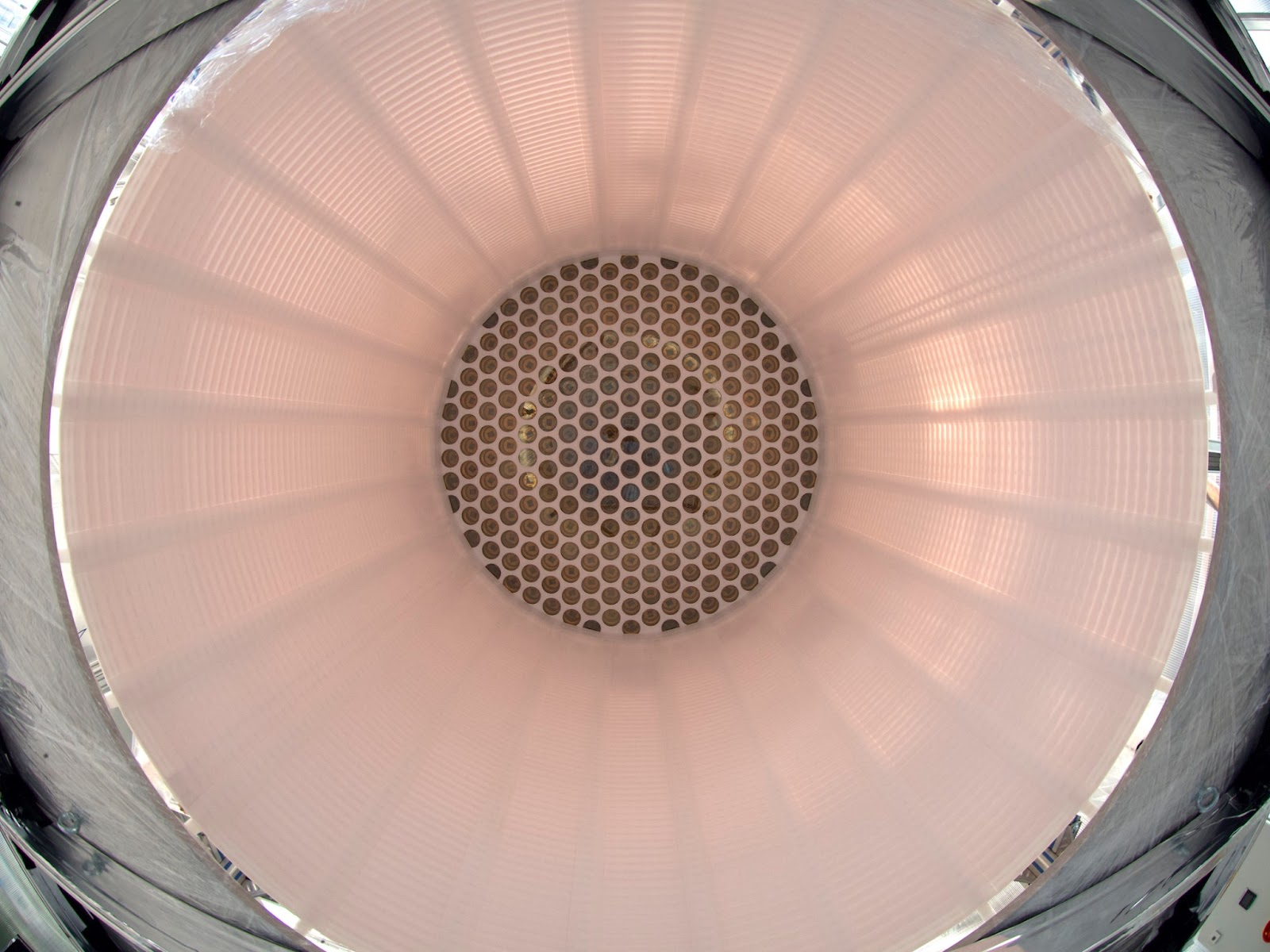XENONnT announces first detection of B-8 solar neutrinos
During the IDM conference in L'Aquila, Italy, the XENON collaboration announced the detection of signals produced by neutrinos coming from the Sun.

These neutrinos can interact with xenon nuclei via the so-called CEvNS (coherent elastic neutrino-nucleus scattering), and thanks to the ultra-low background environment and the low-energy detection capability of XENONnT, this detection was possible.
The outcome of this analysis shows events that are compatible with signals of the scattering of solar B-8 neutrinos with xenon nuclei within a statistical uncertainty of 2.7 sigma. This means that the probability of these signals being background is around 0.35%.
Although CEvNS had already been observed before in another experiment (COHERENT, 2017), this is the first time that an experiment detects CEvNS of neutrinos from the Sun.
For more info, visit the XENON web page
Local information: The group of Prof. Laura Baudis at the University of Zurich had major responsibilities in the XENONnT TPC design and assembly, in the installation, calibration and readout electronics of the 494 photosensors, and in the measurements of tiny radioactivity traces in detector materials. The group also has leading involvements in the data analysis and in Monte Carlo simulations of the expected TPC signals and backgrounds.